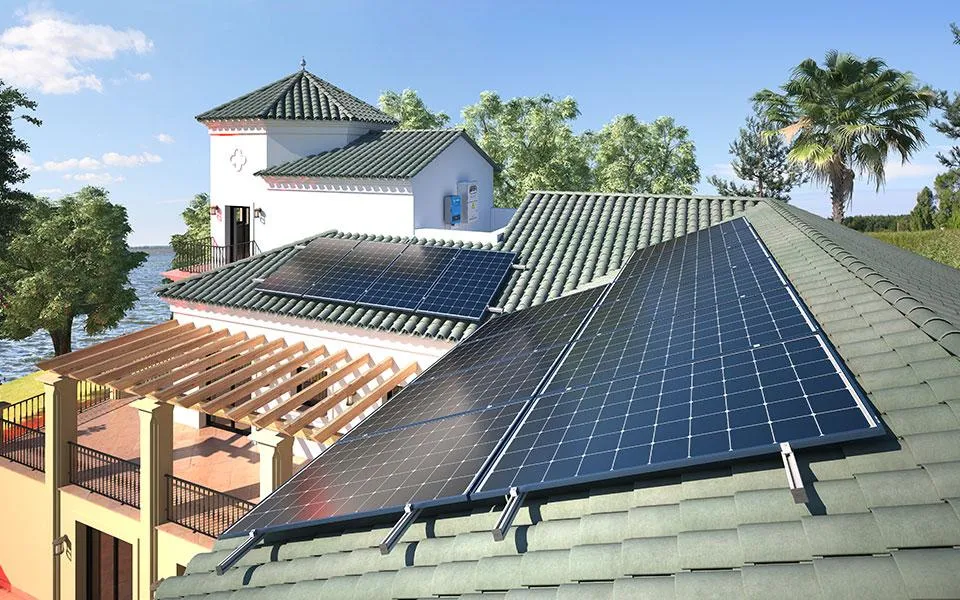Exploring the Benefits of Solar String Inverters for Energy Efficiency and Cost Savings
Understanding String Inverter Solar Systems
In the realm of solar energy, efficiency and reliability are paramount concerns for users and manufacturers alike. One of the most popular configurations for solar photovoltaic (PV) systems is the string inverter system. This configuration plays a crucial role in optimizing energy production while maintaining cost-effectiveness, making it a favored choice for residential and commercial solar installations.
What is a String Inverter?
A string inverter is a type of inverter used in solar PV systems. It serves as the central unit that converts the direct current (DC) generated by solar panels into alternating current (AC), which is necessary for household appliances or for feeding back into the electrical grid. In a string inverter setup, multiple solar panels are wired together in a series — forming a string. The inverter then handles the collective output from these panels, allowing for efficient energy conversion.
How Does a String Inverter Work?
When sunlight hits the PV cells in a solar panel, it generates DC electricity. This is where the string inverter comes into play. The inverter takes in the DC output from the entire string of panels and converts it to AC electricity. The effectiveness of this process can depend on various factors, including shading, orientation, and the performance of individual panels within the string.
In a typical scenario, if one panel underperforms due to shading or dirt, it can affect the performance of the entire string. This phenomenon is known as the Christmas light effect, where one faulty bulb can dim the whole string. However, advancements in string inverter technology have included power optimizers and module-level monitoring systems to mitigate these issues and enhance overall efficiency.
Advantages of String Inverters
1. Cost-effective String inverters are generally more affordable compared to microinverters and other complex inverter configurations. This makes them a practical choice, especially for residential installations where upfront costs matter significantly.
string inverter solar

2. Simplicity in Installation Given their design, string inverters are typically easier to install. They require fewer components, which not only speeds up the installation process but also reduces potential points of failure.
3. Size and Space String inverters are available in various sizes, accommodating different system scales from small residential setups to larger commercial projects. This flexibility can fit the spatial constraints many homeowners or businesses might face.
4. Proven Technology String inverter technology has been around for decades, and numerous studies and performance evaluations have established their reliability and effectiveness in various environments.
5. Centralized Management As all strings are connected to a single inverter, monitoring and maintenance can be simpler, as users can access performance data from one central point.
Challenges of String Inverters
Despite their advantages, string inverters do come with some challenges. The Christmas light effect can significantly impact performance if several panels are connected in a single string and one of them performs poorly. However, solutions such as power optimizers and smart technologies are increasingly being implemented to combat these issues.
Conclusion
String inverters are a cornerstone technology in solar energy systems, balancing efficiency and cost for users around the globe. They provide reliable energy conversion for both residential and commercial applications while serving as a testament to the evolution of solar technology. As solar power continues to play an essential role in the transition to renewable energy, understanding string inverters is crucial for anyone interested in harnessing the power of the sun. In light of the growing demand for sustainable energy, string inverter systems will likely remain a staple in solar installations for years to come, evolving in response to technological advancements and user needs. Whether you are a homeowner, a business owner, or simply an energy enthusiast, grasping the benefits and workings of string inverter solar systems is key to making informed decisions in the renewable energy landscape.
-
Unlocking Energy Freedom with the Off Grid Solar InverterNewsJun.06,2025
-
Unlock More Solar Power with a High-Efficiency Bifacial Solar PanelNewsJun.06,2025
-
Power Your Future with High-Efficiency Monocrystalline Solar PanelsNewsJun.06,2025
-
Next-Gen Solar Power Starts with Micro Solar InvertersNewsJun.06,2025
-
Harnessing Peak Efficiency with the On Grid Solar InverterNewsJun.06,2025
-
Discover Unmatched Efficiency with the Latest String Solar InverterNewsJun.06,2025







